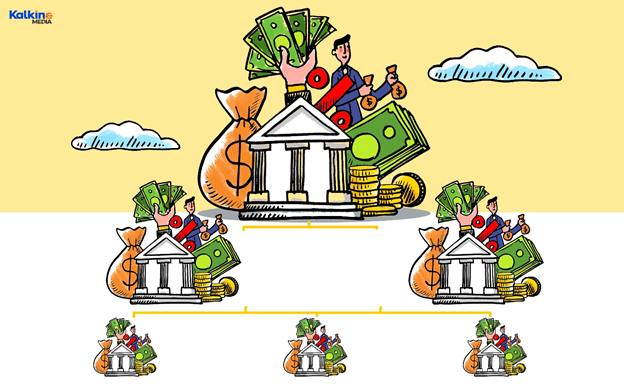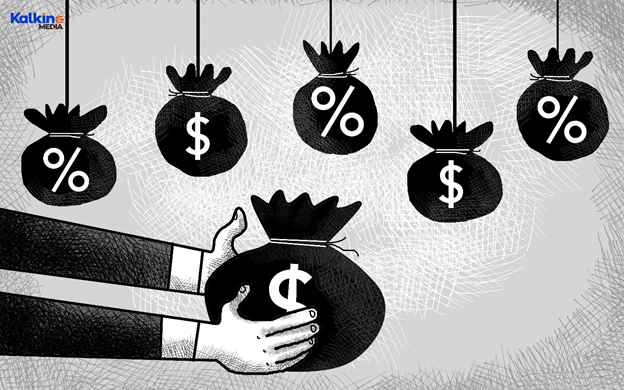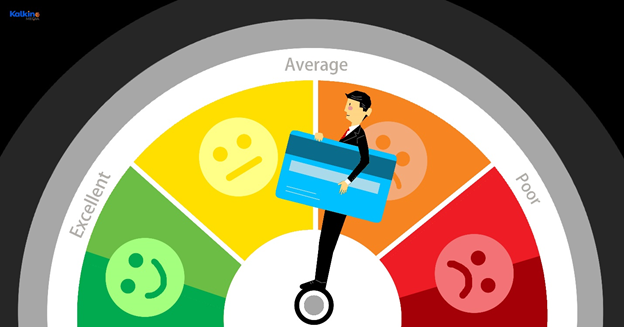What is a Revolving Account?
Broadly speaking, a revolving account refers to a credit account that offers the borrower a maximum limit, plus, facilitates varied availability of credit. Also, these accounts do not have a particular maturity date and can be opened if the borrower wishes to, subject to good standing with the lender or the creditor.
Highlights
- Functioning as a type of credit account, a revolving account provides credit to the borrowers.
- It sets the credit limit for the borrowers, i.e., it fixes the maximum amount one can spend in that specific account.
- Some of the common examples of revolving credit are credit cards, lines of credit, home equity lines, among others.
Frequently Asked Questions (FAQs)
How does a revolving account work?
Equipped with an amount limit, a revolving account provides the debtor or the borrower to open a credit line. When a borrower makes a purchase and utilises the credit amount, it decreases the available credit balance, while increasing the outstanding balance. Thus, every month, the borrower’s balance and available credit differs.
At the end of the month, the borrower is intimated by the lender regarding the amount to be paid by the due date to keep the account in good standing.
Here, the borrower can repay the credit amount in two ways. He may either choose to repay the full balance at the end of a billing cycle or may carry forward a portion of the balance from one month to another.

Source: Copyright © 2021 Kalkine Media
Are there any examples of revolving accounts?
Few examples of revolving account include credit cards, banking account or personal lines of credit, retail store credit cards, HELOCs, i.e., home equity lines of credit, etc.
It is pointed out that for meeting big or small expenses, credit cards can be availed. On the other hand, for meeting huge expenses like renovation or repairs pertaining to homes, offices, etc., lines of credit are used.
Who can open a revolving account?
A revolving account can be opened both by businesses, as well as individual customers. For this, borrowers need to fill a standard or a regular credit application form, reflecting the latter’s credit history as well as debt-to-income particulars.
Who approves the debtor's application for a revolving account?
After a prospective borrower submits their application for opening a revolving account, the said application undergoes an underwriting process, wherein the underwriter examines the eligibility of the borrower for the approval of the opening of the revolving account.
They also decide how much the creditor can extend the credit amount. Once the borrower's application is approved, the creditor will offer the maximum credit limit and will also provide the interest rate charges and other terms and conditions.

Source: Copyright © 2021 Kalkine Media
What are the benefits of opening a revolving account?
A revolving account offers many benefits if managed and utilised properly. Some of them are:
- The account helps in establishing the credit history of a borrower.
- One can utilise the funds available as and when required.
- Interest is charged only on that credit amount that has been utilized.
- Sometimes, a revolving account provides rewards and cashback options, when the credit amount is repaid on time.
- Also, this type of account offers protection from frauds or deceits when compared to making payments through credit card or by cash
What are the disadvantages of a revolving account?
Some of the potential demerits of using a revolving account are:
- An ill-managed revolving account wherein there is high utilisation of credit amount, may have an adverse effect on a borrower’s credit score.
- Often, revolving accounts are equipped with high interest rates, thus maintaining them may prove to be expensive.
- Making late and partial payments reflect the inefficiency of the borrower. Hence, the creditor might get offended and as a safety measure, might close the account.
What happens when the credit amount is not paid on the due date?
Generally, when the loan amount or the credit availed is not paid on the due date, the outstanding amount is shifted to the next month or billing cycle. Apart from regular interest charges, banks or financial institutes levy additional charges like late fees, etc.
Further, the credit scores of the borrowers are also hugely impacted.
Do revolving accounts have maturity dates?
Revolving accounts can remain open if the debtor has a good standing with the lender, for these accounts have no maturity or expiration date.
Here, funds can be availed to the extent of the maximum credit limit by the borrowers. Unused or unutilised funds indicate the borrower’s available credit limit.
It must be noted that the said credit limit changes with the amount of funds availed, balance credit available, accrued interest, etc.
What are the good credit practices to follow when operating a revolving account?
When operating a revolving account, a borrower should take note of the following, which would help them in keeping a good credit score:
- Repaying funds or credit amount availed on time i.e., on or before the due date
- Keeping credit cards and other such balances low.
- Limiting the accessibility and usage of new lines of credit.
- In case of any deferment or facing hardship in the repayment of the credit amount, the lender or creditor must be informed and reached out so that a mutually agreed credit plan can be worked upon.

Source: Copyright © 2021 Kalkine Media
For how long does the closed revolving account reflect in a person's credit report?
Even when the revolving account has been paid off and closed, it continues to appear in the borrower’s credit report or credit history. In such cases, the account entry would show ‘revolving’ as the account type, while the account payment status would indicate ‘closed’.
However, a delinquent or an ill-managed revolving account would be deleted after seven years from the given delinquency date of the said account.
 Please wait processing your request...
Please wait processing your request...